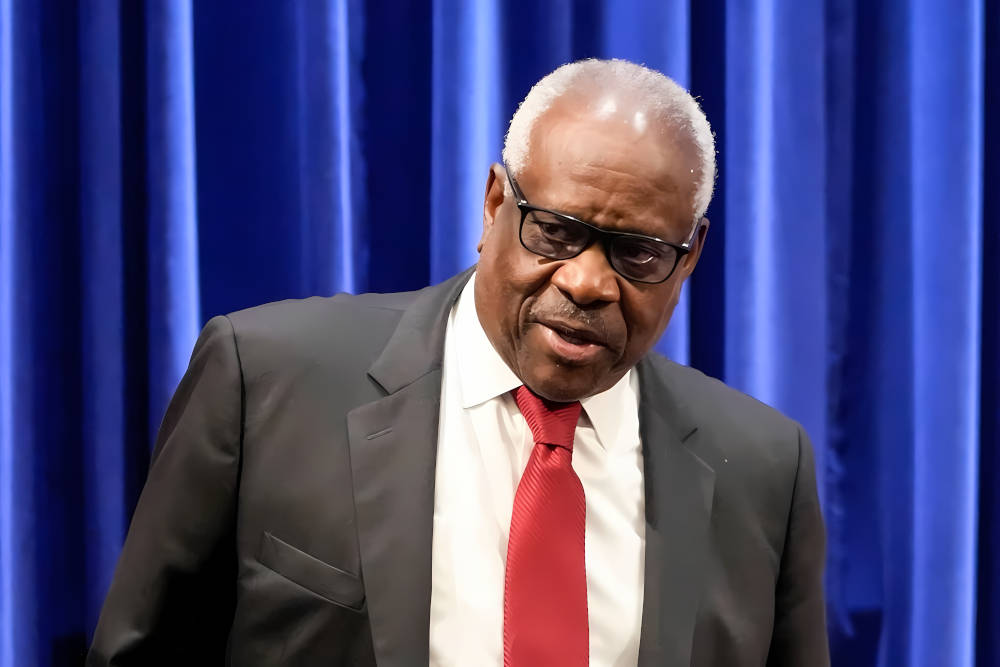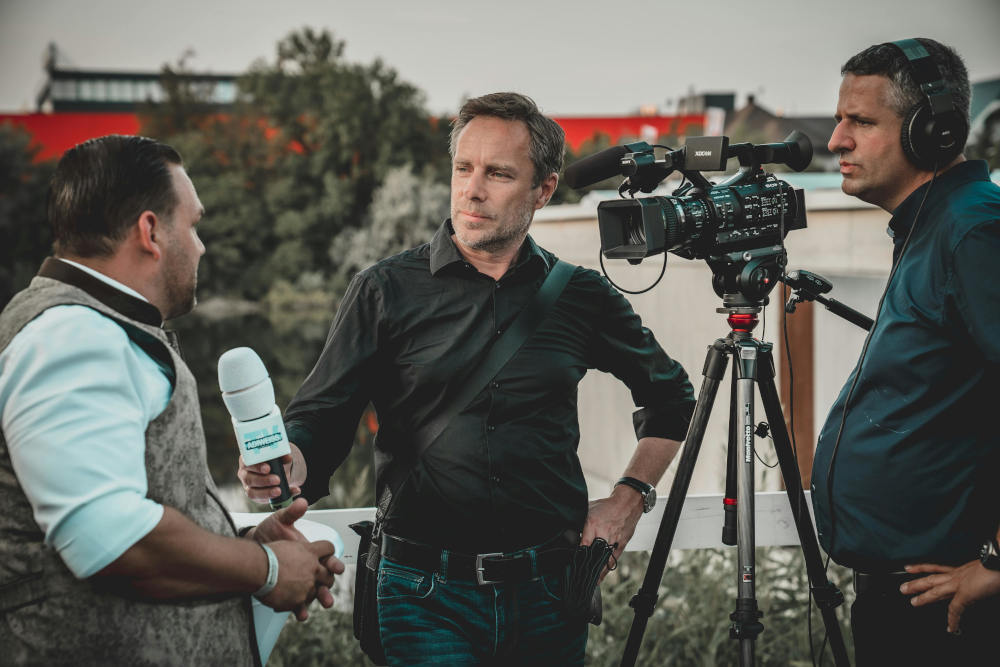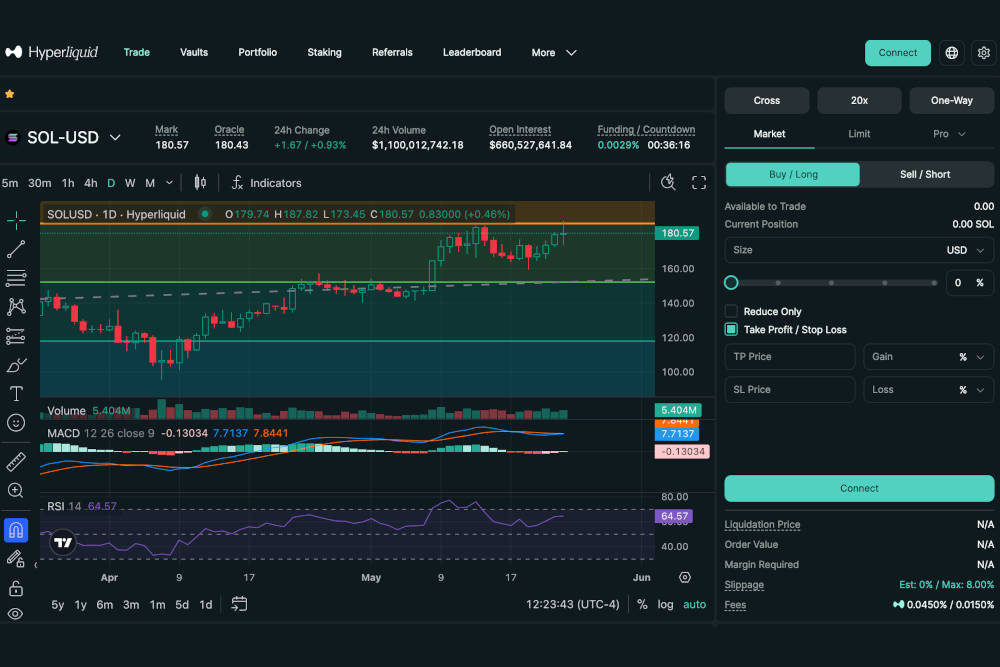
Today, conservative media is widely associated with platforms like YouTube, Rumble, podcasts, and TikTok. But the story of conservative media in America begins long before social media existed. Understanding its evolution provides insight into how conservatives built influence, shaped public opinion, and countered mainstream narratives in the decades before the digital age.
From print publications to radio and cable TV, conservative media grew from a marginalized perspective into a powerful cultural force, laying the foundation for today’s digital conservative ecosystem.
Panaprium is independent and reader supported. If you buy something through our link, we may earn a commission. If you can, please support us on a monthly basis. It takes less than a minute to set up, and you will be making a big impact every single month. Thank you!
The Early Days: Print Media and the Conservative Voice
Conservative media first gained traction in the mid-20th century through newspapers, magazines, and journals.
-
National Review, founded by William F. Buckley Jr. in 1955, became the intellectual hub of conservatism.
-
Publications like The American Spectator and Human Events offered alternative perspectives to mainstream liberal outlets.
-
These outlets focused on free-market economics, limited government, anti-communism, and traditional social values.
Print media established the principle that ideas shape culture and politics, giving conservatives a platform to influence public discourse even without mass broadcast reach.
Radio: Reaching the Masses
Radio became a game-changer for conservatives in the mid-to-late 20th century.
-
Hosts like Rush Limbaugh pioneered talk radio in the 1980s, combining entertainment, news, and commentary.
-
Conservative radio allowed communities to hear perspectives often ignored by mainstream media.
-
It created a sense of connection and shared identity among listeners across regions.
Radio demonstrated that direct engagement with an audience could build loyalty and political influence, laying the groundwork for modern digital outreach.
Cable TV: The Conservative Revolution
The 1980s and 1990s saw conservative media move onto cable television, reaching millions nationwide.
-
Fox News, launched in 1996, provided a conservative alternative to network news.
-
Cable commentary shows highlighted fiscal responsibility, traditional values, and national defense, appealing to a broad audience.
-
This era legitimized conservative media as a cultural force, not just niche publications or talk shows.
Cable TV proved that control over media platforms could shape public perception and influence elections.
Think Tanks and Policy-Focused Media
Beyond news, conservatives also leveraged think tanks and specialized publications to shape policy and public debate.
-
Institutions like The Heritage Foundation, The Hoover Institution, and the Cato Institute provided research, policy proposals, and commentary.
-
Publications from think tanks educated lawmakers, journalists, and the public on economic policy, constitutional issues, and social initiatives.
-
This approach connected ideas to policy, ensuring that conservative principles informed government and law.
Think tanks demonstrated that media influence isn’t just about headlines—it’s about providing substance that shapes decisions and culture.
Local Media: The Ground-Level Influence
Conservative media wasn’t only national; local newspapers, radio stations, and community newsletters played a crucial role:
-
Local outlets promoted values-driven reporting, civic engagement, and political awareness.
-
They provided a platform for community leaders, school boards, and local government issues, often ignored by larger media.
-
By shaping local narratives, conservatives built a strong foundation for statewide and national movements.
Local media reinforced that conservatism thrives when communities are informed and engaged.
Key Lessons from Pre-Social Media Conservative Media
The evolution of conservative media before social media offers several lessons:
-
Consistency matters: A steady voice across print, radio, and cable built trust over decades.
-
Intellectual rigor strengthens influence: Thoughtful analysis, research, and commentary gave conservatives credibility.
-
Direct engagement with audiences works: Talk radio and newsletters connected communities to ideas and activism.
-
Local networks amplify impact: Local reporting and community journalism created grassroots support for national policies.
These lessons remain relevant for conservatives navigating today’s digital landscape.
Challenges Faced by Pre-Digital Conservative Media
Despite successes, early conservative media faced significant challenges:
-
Limited reach: Print circulation and radio were geographically constrained.
-
Financial sustainability: Niche publications often struggled to fund operations.
-
Mainstream opposition: Conservative outlets frequently faced skepticism or dismissal by dominant liberal media.
Overcoming these obstacles required creativity, persistence, and strong networks, lessons that digital conservatives still rely on today.
How Pre-Social Media Media Laid the Groundwork
The foundations built by early conservative media created the infrastructure for today’s digital era:
-
Loyal audiences from print and radio transitioned to cable and online platforms.
-
Intellectual frameworks provided by magazines and think tanks underpin modern commentary and policy analysis.
-
Networks of journalists, hosts, and activists created a pipeline for new conservative voices in digital media.
Without the groundwork laid by previous generations, today’s conservative media ecosystem would not exist.
Conclusion
The evolution of conservative media before social media demonstrates that ideas, persistence, and community engagement create lasting influence. From print publications and radio shows to cable TV and think tanks, conservatives built platforms that shaped public opinion, policy, and culture.
Understanding this history offers modern conservatives valuable lessons: credibility, audience engagement, local involvement, and intellectual rigor remain as crucial today as they were before the internet era.
Conservatives who study and apply these strategies can maintain influence in an ever-changing media landscape, ensuring their ideas continue to thrive in communities and across the nation.
Call to Action
To honor the legacy and strengthen conservative media today:
-
Support independent conservative publications and think tanks.
-
Engage with local media outlets to promote balanced reporting.
-
Learn from historical strategies in radio, print, and cable.
-
Build networks that connect local activism to national discourse.
-
Encourage young conservatives to create and innovate in media platforms.
By combining lessons from the past with modern technology, conservatives can ensure that their voices continue to shape America’s culture, politics, and values.
Was this article helpful to you? Please tell us what you liked or didn't like in the comments below.
Disclaimer: The above content do not necessarily reflect the opinions of Panaprium. Panaprium does not guarantee, vouch for or necessarily endorse any of the above content, nor is responsible for it in any manner whatsoever. Any opinions expressed here are based on personal experiences and should not be viewed as an endorsement or guarantee of specific outcomes. Political commentary should be taken with a critical perspective due to the subjective nature of politics.
About the Author: Alex Assoune
What We're Up Against
Multinational corporations overproducing cheap products in the poorest countries.
Huge factories with sweatshop-like conditions underpaying workers.
Media conglomerates promoting unethical, unsustainable products.
Bad actors encouraging overconsumption through oblivious behavior.
- - - -
Thankfully, we've got our supporters, including you.
Panaprium is funded by readers like you who want to join us in our mission to make the world entirely sustainable.
If you can, please support us on a monthly basis. It takes less than a minute to set up, and you will be making a big impact every single month. Thank you.































0 comments